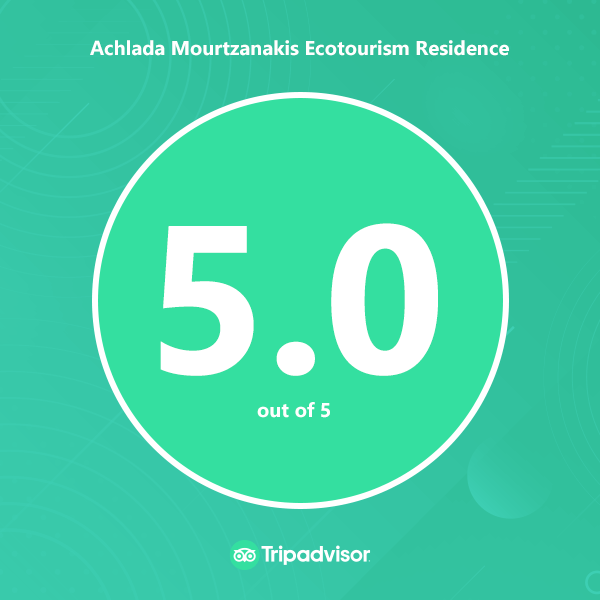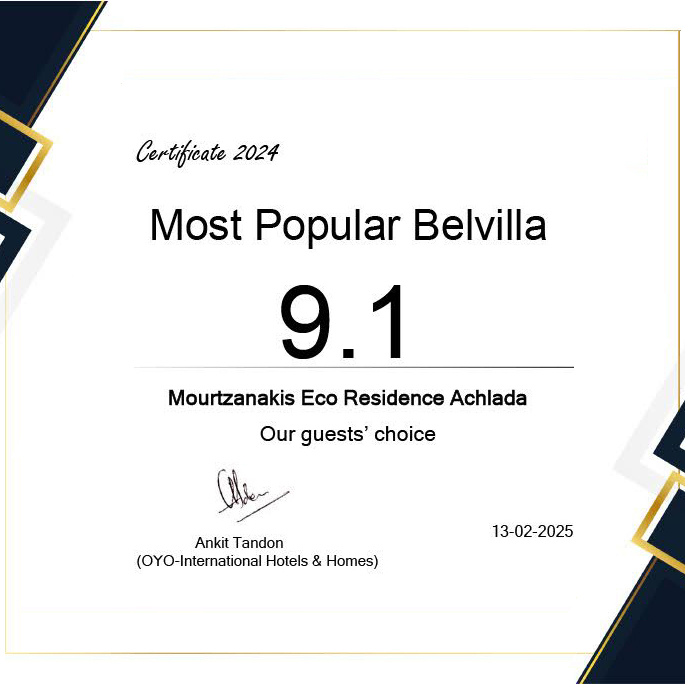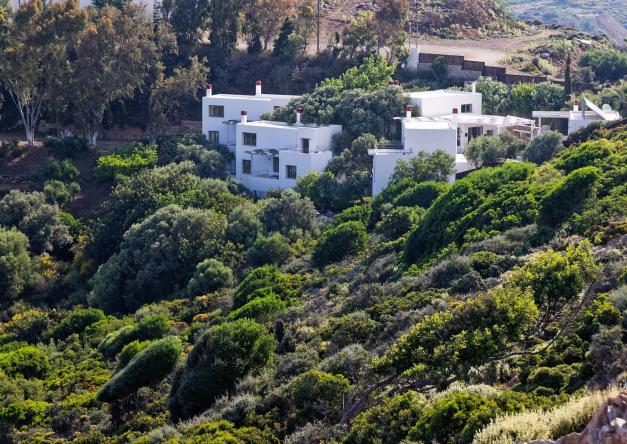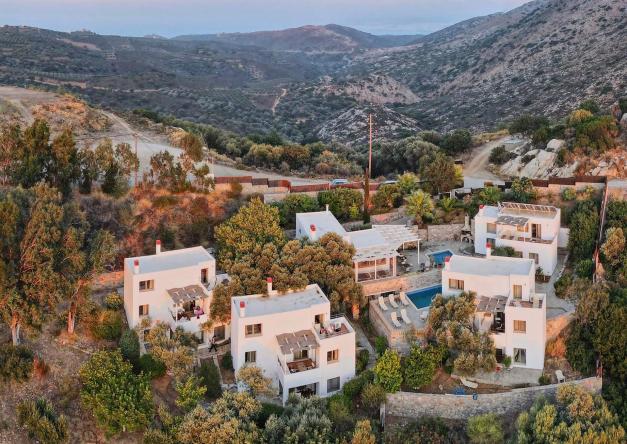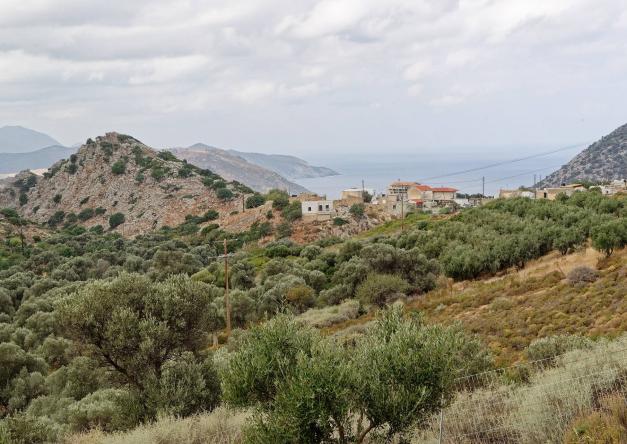
Mourtzanakis residence is an Eco Hotel on the island of Crete, a family-owned agritourism cottages guesthouse.
It promotes sustainable tourism practices, dedicated to preserving the natural beauty and cultural heritage of Crete.
Mourtzanakis Residence offers a stay in a range of 4 independent villas and 3 studio/apartments located in the traditional Cretan village of Achlada, Heraklion.
Our Ecotourism Residence is only 4km away from the bus station of the Cretan national road (E75), 18km from Heraklion’s city center and its ferry port, while the airport has a distance of 23km.

Our villas offering panoramic views of the surrounding mountains and sea. These spacious, traditional Cretan-style villas are designed for comfort and sustainability, incorporating local architecture with modern amenities.
Our Studio apartments that combine traditional Cretan architecture with modern comfort. These well-equipped apartments provide a peaceful escape, featuring private balconies or terraces with stunning views of the surrounding landscape.
Mourtzanakis ecotourism Residence offers a panoramic view on the medieval village of Achlada, the Cretan sea and mountains, which historically protected the island from the times of the Saracens up till today.


.jpg)


.jpg)
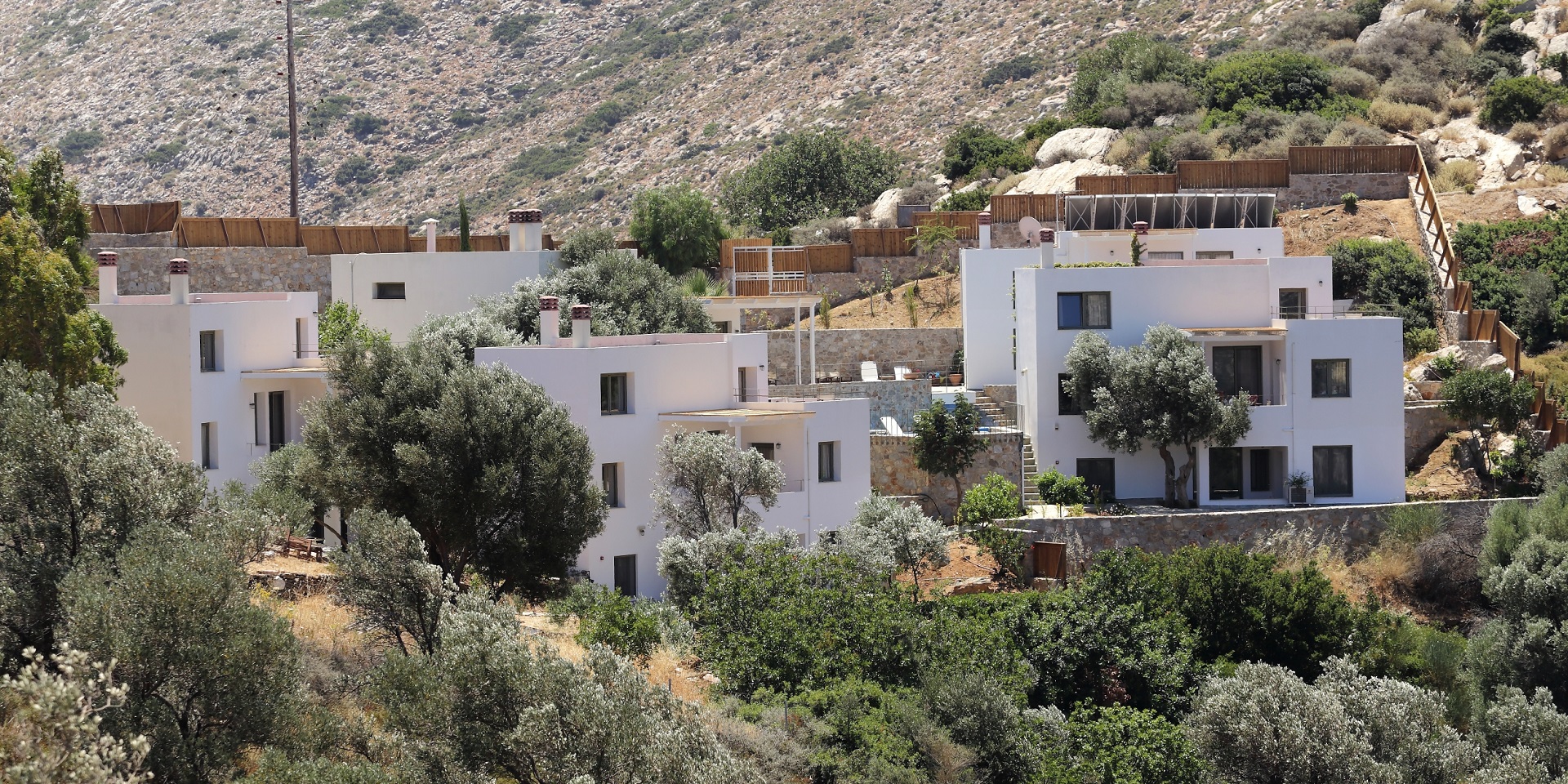
.jpg)
.jpg)
.jpg)
.jpg)
.jpg)

.jpg)

